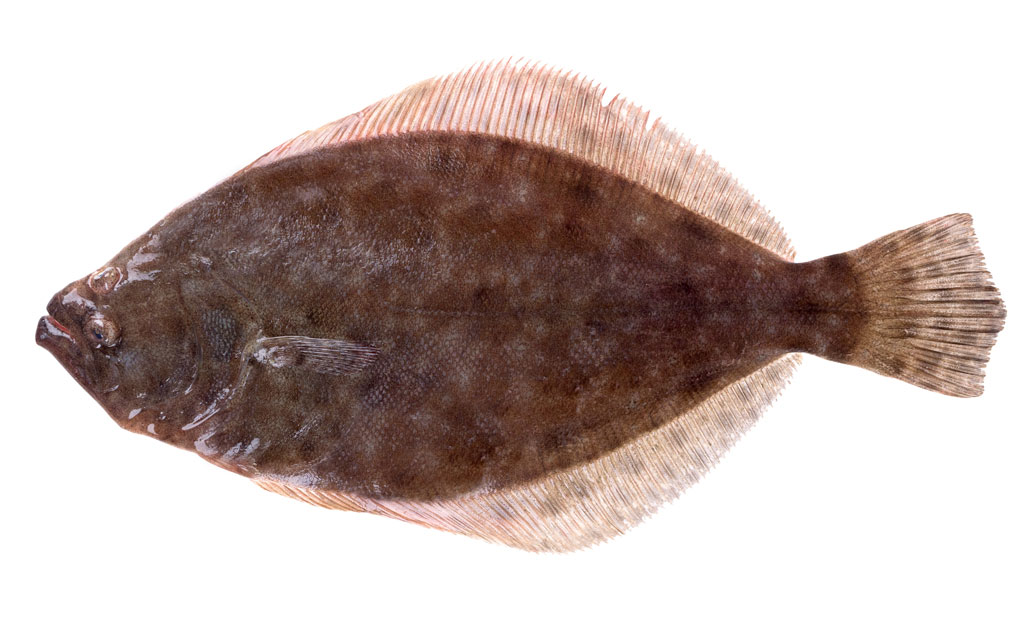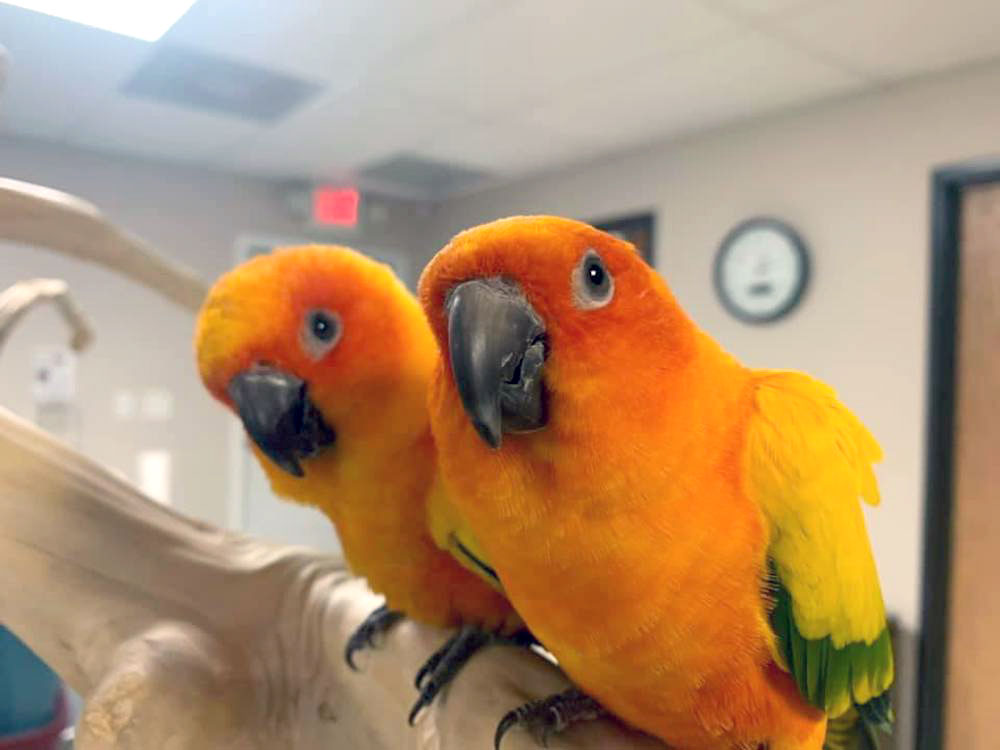
Morgan Street Seafood owner Charlie Alegria holds up freshly caught gulf brown shrimp. Prices are steady at his shop at 1602 Morgan Ave. in Corpus Christi, where he only sells local products. No imports, said Alegria, whose family has been in the shrimp business for 60-plus years. Staff photo
Shrimp landings in Texas are down almost 50 percent, according to recent numbers, which drives up shrimp prices and could threaten a once vibrant industry in the Coastal Bend region.
Although only 10 percent of the nation's shrimp consumption comes from locally caught product, tastebuds along the Gulf Coast and in states such as Texas and Louisiana prefer local seafood to foreign imports, said Charlie Alegria, owner of Morgan Street Seafood in Corpus Christi. Alegria's family has been working in the seafood industry for 60-plus years, he told Corpus Christi Business News.
"Here in Texas, gulf shrimp are the premium products," he said. "Further away from the coast, people will take whatever they can get. Me, I only sell gulf products."
A mix of river and bay waters provide vital ecosystems and nursery habitat for many gulf species, including shrimp.
"The inflows bring nutrients and sediments that feed fish, wildlife, invertebrates, plankton and wetland plants," said Andrea Hance, executive director of the Texas Shrimp Association. Hance wrote a letter to the Lower Colorado River Authority in August asking the board to increase freshwater flows into Matagorda Bay.The LCRA instead raised trigger rates for freshwater releases based on water levels in Highland Lakes reservoirs, effectively decreasing the flow.
"Without enough freshwater, the estuaries cannot function as nursery grounds for the fish and shellfish we like to catch and love to eat," she wrote to the board. "Marine biologists have determined that 90 to 95 percent of all commercial and recreational species are found in our estuaries at some stage in their life cycle."
July and August landings in Texas were abysmal, according to figures by the Southern Shrimp Alliance, which is headquartered in Florida. Numbers for August were 22 percent below the seven-year historical average. The total harvest year for Texas in the first eight months is 36 percent below that average. July numbers were 40-50 percent below average.
Those numbers are expected to climb, said Nathan Rickard, a spokesperson for the Southern Shrimp Alliance, but they won't climb enough to pull the local shrimping industry out of its current slump.
"The biggest landing numbers will come in September and October," Rickard said. "The year will look more average after that, but 44 percent is almost half of what it normally is. September and October won't make up the difference."
The No. 2 shrimp state in the Gulf, Texas historically averages about 5 million pounds of shrimp a month. That average has dropped to about 2.9 million pounds. Part of that has been blamed on this year's cooler-than-usual spring weather, but drought conditions are considered the biggest culprit.
Nueces builds man-made solutions
In the Corpus Christi area, the Nueces River basin provides the needed freshwater charge into the bays and estuaries that generates sea life, particularly oysters and shrimp, in the area. The flow from that river, which feeds two major reservoirs for the city of Corpus Christi — Choke Canyon Reservoir and Lake Corpus Christi — is managed by the city and three state agencies. The Texas Parks and Wildlife Department, the Texas Natural Resources Conservation Commission and the Texas Water Development Board test salinity and flow on a daily basis.
These entities have built pipelines and pumps to divert water from the river into the delta to keep salinity down and freshwater flows at viable levels. A newly constructed freshwater inflow structure keeps pumped freshwater in Rincon Bayou until it can be released into Nueces Bay.
"The water flow situation is critical," said Hance of the Texas Shrimp Association. "It affects not only shrimp but 95 percent of all marine life in the area."
Increased shrimp prices have not yet hit Morgan Street Seafood in Corpus Christi, Alegria said, at least not for the local and popular brown gulf shrimp that most Texas shrimpers bring in.
“I had heard the landings were down, but I have not noticed a big difference," he said. "Prices seem to remain steady.”
Alegria sells by the count, depending on size. The cost was $10.99 for 20-21 shrimp in late September, $11.99 for 16-20, and $13.99 for 10-15, a bigger shrimp.
"That's the industry count that we've been using since I was a kid," Alegria said. "Some markets, like the big grocery stores, will change the counts up and sell 16 to 25. That's not industry standard."
With that many years in the business, Alegria said he plans to keep doing what he's doing, at least for now.
"To me, it's just another day in paradise," he said. "I love what I do. I smile when I do it."
And for now, he and his customers can still smile at local gulf shrimp prices — as long as the fresh water flows.





